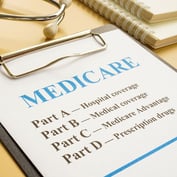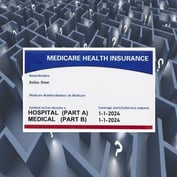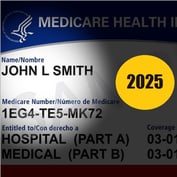The kids are older than you think.
Marketers are still deciding where Generation X ends and the next generation starts. But, whether you call members of that next group Millennials, Generation Y or something else, many of those 70 million consumers are ready to buy insurance products, not simply chew on a plush version of the Aflac Duck.
If the first Millennials were born in 1985 – 20 years after the oldest members of Generation X – then those first Millennials are already turning 27. The oldest are old enough to own homes, to travel for businesses they’ve founded (and rent a car while doing so), and to buy health insurance in their own name. If they have much income to protect, they should be shopping for disability insurance. They should be learning a little about long-term care insurance (LTCI), for their parents if not necessarily for themselves.
See also: 5 Steps for Boomers, Gen X and Gen Y to Prepare for Retirement.
If the youngest Millennials were born in 2004, then even those youngest Millennials are or will soon be 8. They may already recognize the Duck, Flo of Progressive, and Mayhem of Allstate. They’ll turn 21 in 2025. If the world of the 2060s is much like the world of today, they could be the anguished informal caregivers of the 2060s. They might be the care users in the 2080s and 2090s.
When the Millennials were born, and when most were growing up, credit card marketers were showering credit card offers on their parents. Some of the credit card offers were for the families’ dogs, cats, parakeets, and even the baby Millennials. Water came from a faucet, milk from a carton, and easy money from rectangles of plastic.
The stereotypical parents of Millennials could generally get a job if they could use a computer, and they could get a home loan if they could breathe.
Now, the Millennials are facing an economy plagued by uncertainty. Is this just an ordinary soft economy or something worse? Will we have oil? Will we have fresh water? Will the weather work properly, or have our cars and power plants broken it? And how will we make all of those pension and retiree health benefits promises we’ve made to the elderly and soon-to-be elderly of the world?
The Millennials themselves are part of a blurry generation. They seem to be in good health, but a lot of them are fat. How can they be so healthy if they’re so fat? On paper, they seem to be well-educated, but they can’t necessarily write. They may text up a storm, but that doesn’t mean they know how to use Google to research a new law, or even know the difference between a computer’s random-access memory and its hard drive.
Will they turn out to be the hard-working, thrifty, forward-thinking kinds of people who can and do buy products such as disability insurance and LTCI insurance, or will they, on average, be too poor or too irresponsible to do much about the future?








 May 08, 2012 at 08:15 PM
May 08, 2012 at 08:15 PM











